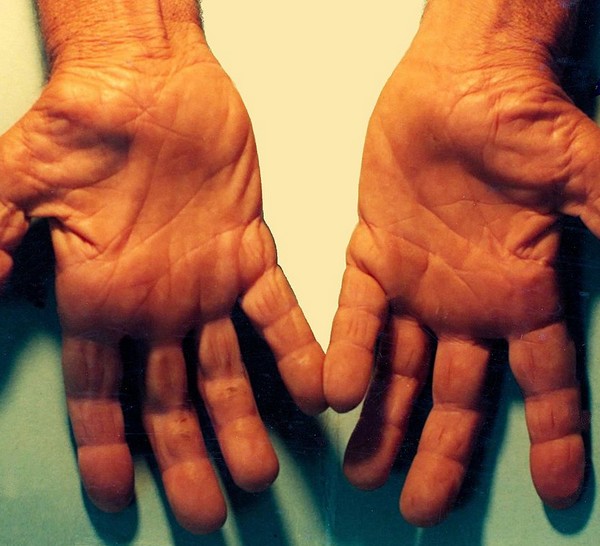If you’re one of those sitting at the computer all day, you’re at risk of a health problem called carpal tunnel syndrome. Having cramps and numbness might indicate this condition. Carpal tunnel syndrome is a disorder that’s caused by pressure on the median nerve. The main symptoms of carpal tunnel syndrome include tingling, weakness, and numbness in your hand.

Pain provoked by carpal tunnel syndrome affects approximately three to six percent of adults. If left ignored, over time, symptoms can tend to worsen. But if treated in time, carpal tunnel symptoms can be relieved by wearing a wrist splint or avoiding activities that can provoke wrist pain. Here are things that work for carpal tunnel syndrome and help manage wrist pain:
1. Massage your wrists
If your wrist is feeling uncomfortable due to carpal tunnel syndrome symptoms, you can try massaging. Just gently rub the tendons at the base of your wrist with your thumb, whenever you experience pain.
2. Try wearing a wrist splint
It might be uncomfortable to wear a wrist splint during the day. So, you can try sleeping with it at night. Many people report that their symptoms exacerbate at night since they don’t use a splint and they flex their wrist.
3. Give your wrists some rest
If you’re experiencing wrist pain due to carpal tunnel syndrome, just temporarily stop what you’re doing. Carpal tunnel syndrome is a disorder that occurs when the median nerve is compressed as it travels from the forearm through the bones and ligaments that make up the carpal tunnel and into the wrist and hand.
One of the most common reasons for this condition is a repetitive strain injury caused by repeated or prolonged activities that compress the carpal tunnel, like typing with the wrists in poor alignment. Taking frequent breaks during your workday can be helpful.
4. Consider stretches
Some simple stretches can help reduce the pressure on your carpal tunnel and can be done anytime during the day. Put your hand on a table or a wall with all the fingers and thumbs spread out. Lean your forearm forward over the back of your hand and apply downward (table) or forward (wall) pressure for several minutes several times a day.
5. Try a cortisone injection
“Many people with carpal tunnel syndrome often benefit from a cortisone injection,” Dr. Hauck says. Multiple studies have found that cortisone can ease the symptoms for a while, but it depends on the severity of your wrist pain. Relief from an injection can last up to three to six months.
6. Apply Cold
Using ice several times a day might help alleviate your carpal tunnel symptoms. Put ice on the palm side of your wrist for 10 to 15 minutes at a time. Use a circular ice pack meant to cool off a wine bottle as a bracelet for easy cooling.
7. Rearrange your desk
Computer use is one of the most common triggers of carpal tunnel problems. You can help lower your risk of carpal tunnel symptoms by setting up your desk area correctly. Make sure your wrists are well supported, you aren’t having to reach forward for the mouse or keyboard, and your shoulders and elbows are resting in a comfortable position. Your shoulders should not be shrugged and your elbows should be bent around 90 degrees as you type.
8. Try some dietary changes
Most carpal tunnel relief tips focus on what you can change on the outside, but some dietary changes can actually help as well. Try taking a vitamin B supplement and adding whole, anti-inflammatory, and magnesium-rich foods to your diet.
